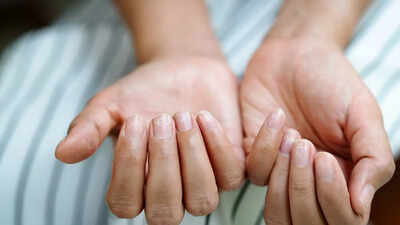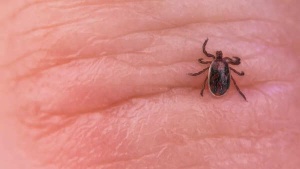Nail extensions provide an immaculate appearance, but their application and removal can compromise the health of your natural nails. Post-extension, nails often feel weak, thin, and prone to breakage. The process can deplete natural oils and layers, leaving them fragile. However, with proper care and time, your nails can regain their strength and beauty.

Consistent moisturizing, gentle filing, avoiding harsh chemicals, and using nail-strengthening products are crucial for a swift recovery. Taking a break from extensions and adopting a nourishing nail care regimen are essential for restoring your nails to their natural, healthy state.
The removal of nail extensions is a primary cause of nail damage. Harsh methods and adhesives strip away the top layer of the nails, resulting in thinner and more fragile nails.
Thin nails can lead to:
Repeated extension use with insufficient recovery time exacerbates these issues, leading to increasingly unhealthy nails.
Experts advise taking a complete break from extensions and polish after removal. This allows nails to:
Proper trimming and filing techniques are vital to prevent further damage. Adhere to these best practices:
Hydration is key to restoring nail health. Incorporate these practices:
Nail strengthening products can aid in rebuilding the nail’s structure:
Diet significantly impacts nail growth. Consume foods rich in:
Chemicals and solvents can impede nail recovery:
For severe or prolonged nail damage, consult:
Natural nails take, on average, 3 to 6 months to grow from base to tip. Consistency is essential during this period:
Remember, long-term recovery requires patience and persistence. Don't expect overnight results.
Newer articles
Older articles
 Vijay Officially Named TVK's Chief Minister Hopeful for Tamil Nadu's 2026 Election
Vijay Officially Named TVK's Chief Minister Hopeful for Tamil Nadu's 2026 Election
 RJ Mahvash Prioritizes Work Over Buzz, Addresses Link-Up Speculation
RJ Mahvash Prioritizes Work Over Buzz, Addresses Link-Up Speculation
 Which Chair Would You Choose? This Personality Test Reveals Surprising Insights
Which Chair Would You Choose? This Personality Test Reveals Surprising Insights
 UNESCO's World Heritage Wonders: Unveiling 10 Iconic Sites, From Petra to the Pyramids
UNESCO's World Heritage Wonders: Unveiling 10 Iconic Sites, From Petra to the Pyramids
 JPG to PDF: A Comprehensive Guide for Graphic Designers & Professionals
JPG to PDF: A Comprehensive Guide for Graphic Designers & Professionals
 Shadman Islam Defends Bangladesh Batters After Day 1 Struggles Against Sri Lanka
Shadman Islam Defends Bangladesh Batters After Day 1 Struggles Against Sri Lanka
 iQoo Z9 Turbo: Rumored Specs Emerge – Snapdragon 8s Gen 3, 6000mAh Battery Highlighted
iQoo Z9 Turbo: Rumored Specs Emerge – Snapdragon 8s Gen 3, 6000mAh Battery Highlighted
 5 Often-Missed Warning Signs of Bladder Cancer You Need to Know
5 Often-Missed Warning Signs of Bladder Cancer You Need to Know
 Tick Bite Paralyzes Fitness Influencer: A Wake-Up Call for Outdoor Enthusiasts
Tick Bite Paralyzes Fitness Influencer: A Wake-Up Call for Outdoor Enthusiasts
 KL Rahul Puts Country First, Prioritizes England Tests Over Newborn Child
KL Rahul Puts Country First, Prioritizes England Tests Over Newborn Child